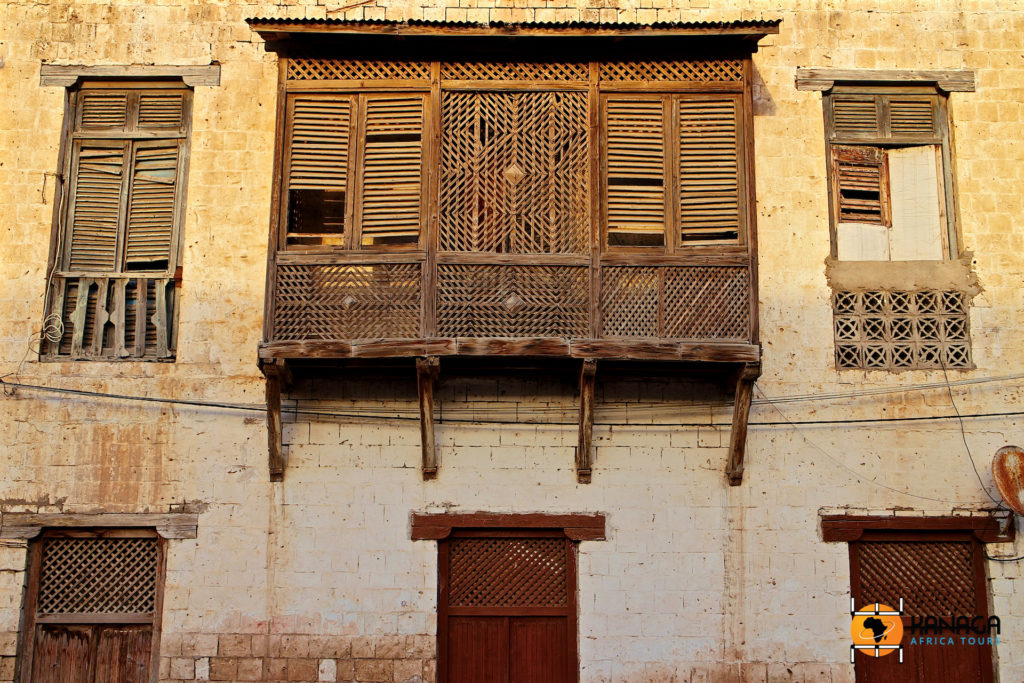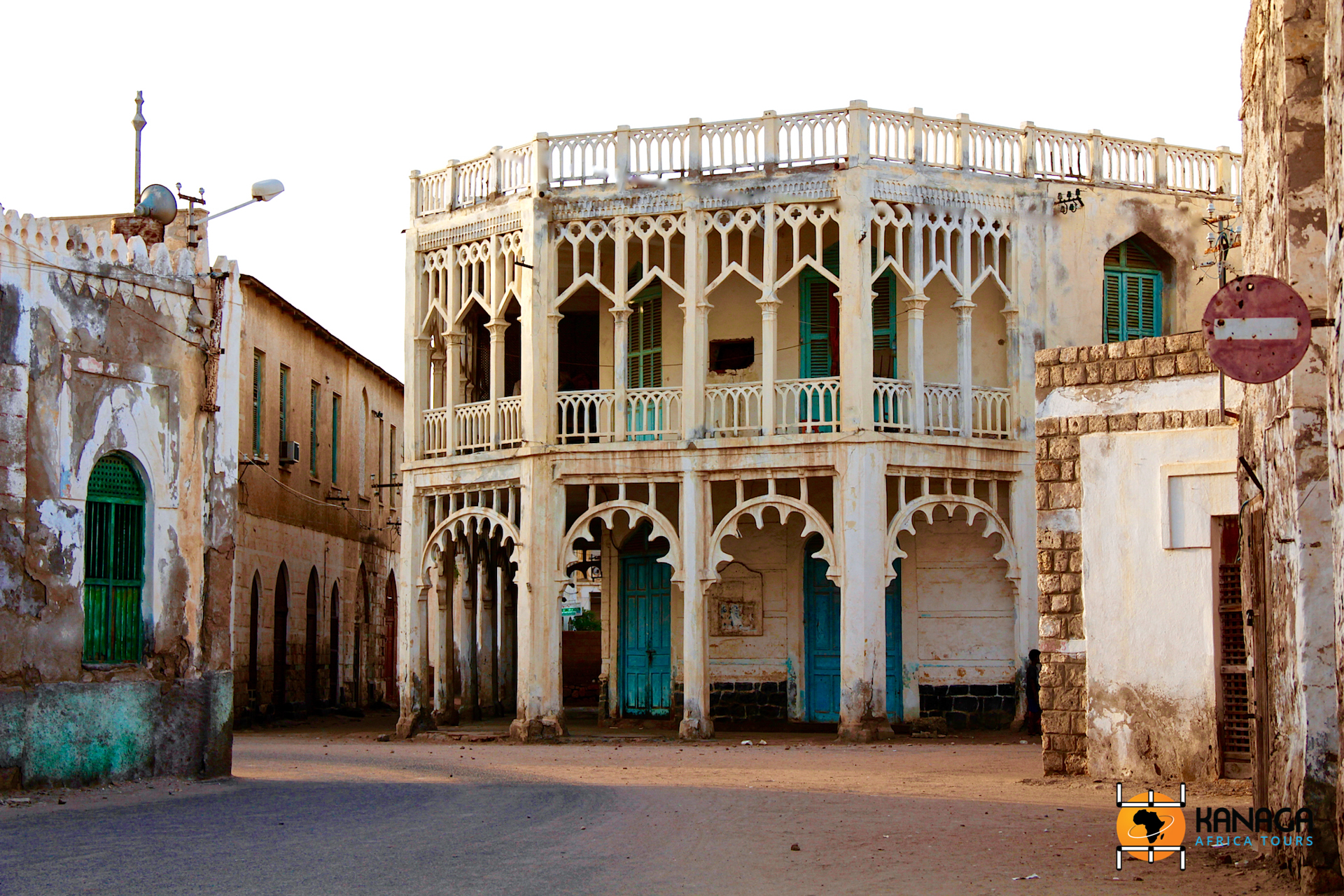© I. Fornasiero
There are 115 kilometres between Asmara and Massawa. 115 kilometres of spectacular hairpin bends, overhanging high plateaus, valleys of sycamores and plantations, extraordinary natural landscapes, inhabited by hamadryas baboons. 115 kilometres that end their course on the paradisiacal turquoise waters and white beaches of the Red Sea, separating not only different morphologies but also different cultural realities.
It was in Massawa that the Italians first settled, a strategic and commercial gateway to the Suez Canal. But it was the torrid heat of the coast that soon drove them to the salubrious and cool highlands to found Asmara on pre-existing settlements of Tigrinya culture, predominantly sedentary and Orthodox, then linking it to the coast with the spectacular scenic road, the railway and even the longest cable car in the world, now dismantled.
So if Asmara was built from scratch, becoming the Italian capital in Abyssinia, on arrival in Massawa, the Italians found a very different reality. A region with Solomonic echoes, an ancient land of Punt, lowlands and coasts, which for millennia had been first Axumite, then Arab, Portuguese, Turkish-Ottoman and finally Egyptian. A millenary crossroads of peoples and a mélange of cultures, over which the Muslim, Afar, Tigré and Rashadia Arab nomads historically prevailed.
The Italians in Massawa could only preserve the old Ottoman-style buildings, enhancing the architectural influences that recalled the lands of the East, perpetuating the stylistic features even in the new colonial buildings, enriched with some Liberty or rationalist licence, which were added to a centuries-old urban fabric. A city of decadent charm, one could not define it any other way, this ancient port on the Red Sea where everything speaks of history, including its deep wounds following the war of Liberation from Ethiopia, which devastated a large part of the historic centre in the 1990s.
Surrounded by salt pans and bordered by the transparent turquoise of the sea, Massawa is spread over two islands (Taulud and Massawa), connected to the mainland by a bridge and a dam, bathed in light like a marine jewel that not even the carcass of a Mig and the signs of the Ethiopian war can dull.
A maze of streets where the sea breeze wafts through, among Turkish, Arab and Italian houses, awash with the smell of coffee, incense and spices; 1930s Italian villas, among which was Villa Melotti, a masterpiece that has now disappeared, belonging to the Italian family that started up the historic national brewery, an institution in Eritrea. Dominating the urban setting is the 16th-century ‘ghebi‘ imperial palace, which became Haile Selassie’s winter residence and was restored in the 19th century by a Swiss adventurer who was awarded the title of Pasha by the Egyptians; the pier and the sun-baked quays amidst the bustle of houris and sambuchi (traditional boats); the Bank of Italy and the old Italian factories, now abandoned; the Hotel Savoia and the faded signs of the Italian twentieth century, now out of date and out of context, amidst oriental mullioned windows with two lights, Ottoman arches, ancient medieval mosques and musharabia, veranda balconies made of wood and bamboo.
Massawa seems almost like a Venice of the Red Sea, made of coral bricks painted with lime, sleeping in the heat of the rush hour, living at sunset and rising again at dawn, against the magnificent natural backdrop of the placid Dahlak Islands and the archaeological ruins of the 4,000-year-old Axumite port of Adulis.







